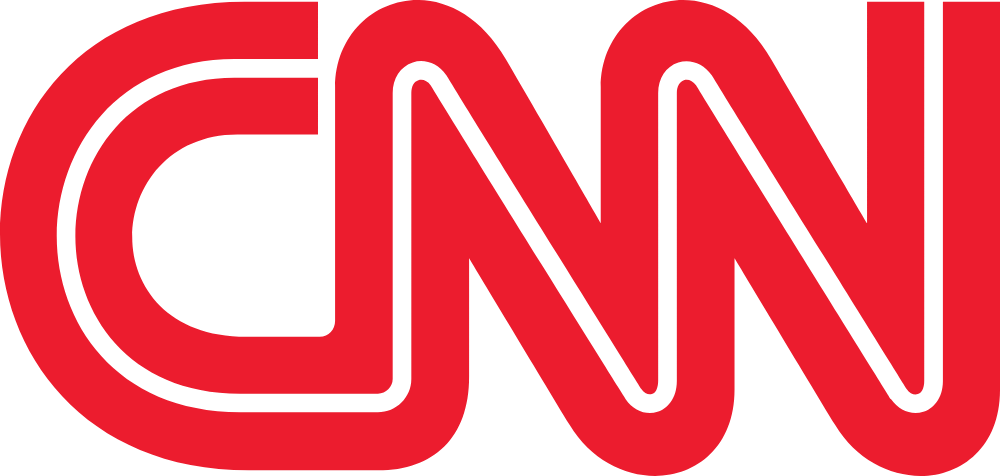Misleading Domain Names
max@dotcomlawyermarketing.com
Legal Expert
Understanding Fake Domain Names
With the rise of internet scams and phishing attacks, fake domain names have become a significant concern for both individuals and businesses. These domains are often designed to mimic legitimate websites, tricking users into providing sensitive information or downloading malicious software.
What Are Fake Domain Names?
Fake domain names are web addresses that are intentionally created to resemble those of reputable organizations or popular websites. Cybercriminals use these domains to deceive users, often by making small changes to the spelling or structure of a legitimate domain.
Common Tactics Used in Fake Domains
- Misspelling popular brand names (e.g., gooogle.com instead of google.com)
- Using different domain extensions (e.g., .net instead of .com)
- Adding extra words or characters (e.g., paypal-secure.com)
- Employing homograph attacks, where similar-looking characters are substituted (e.g., using “rn” instead of “m”)
What is an example of a fake domain name?
Examples of Fake Domain Names
Some common examples include:
- amaz0n.com (using a zero instead of an “o”)
- faceb00k.net (using zeros instead of “o” and a different extension)
- apple-support.com (adding extra words)
How to identify a fake domain name?
How to Spot a Fake Domain Name
To identify a fake domain name, look for:
- Unusual spelling or extra characters in the URL
- Unexpected domain extensions
- Requests for sensitive information that seem suspicious
- Websites with poor design or broken English
Always double-check the URL before entering any personal information, and consider using browser extensions or security tools that help flag suspicious domains.
Risks Associated with Fake Domains
Falling for a fake domain can lead to identity theft, financial loss, or malware infections. It’s crucial to stay vigilant and educate yourself about the latest phishing tactics.
What is a bad domain name?
What Makes a Domain Name "Bad"?
A bad domain name can refer to one that is confusing, hard to remember, or easily mistaken for another site. This includes domains with excessive hyphens, numbers, or those that are too long. Bad domain names can also be those that are associated with scams or malicious activity, such as fake domains used in phishing attacks.
Conclusion
Being aware of fake domain names and knowing how to spot them is essential for safe browsing. Always verify the authenticity of a website before sharing any personal or financial information.
As Featured In






Need Legal Assistance?
Get expert legal advice from Spodek Law Group's experienced attorneys.